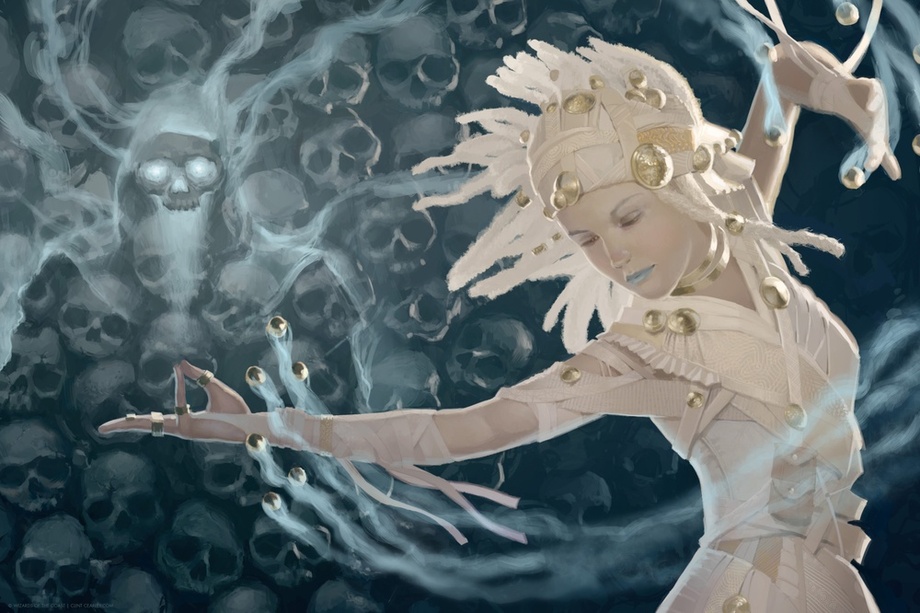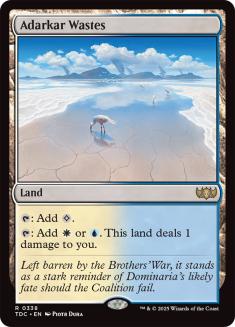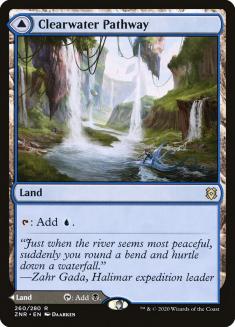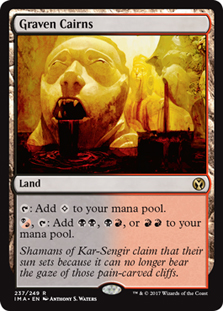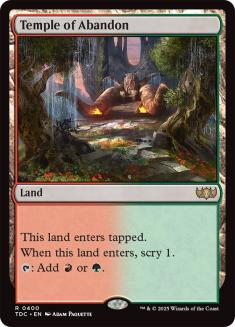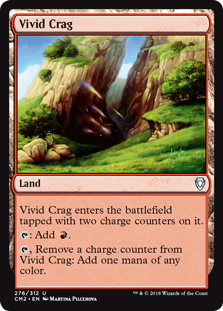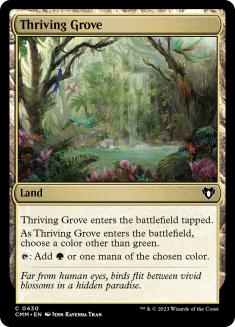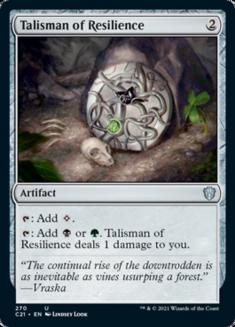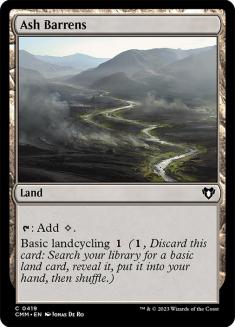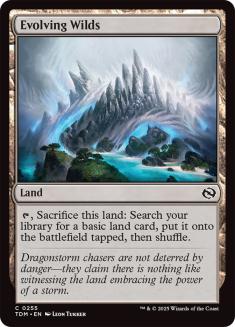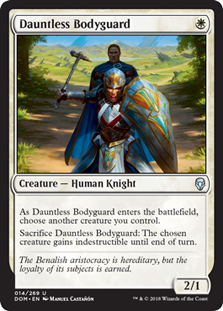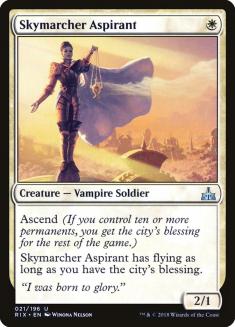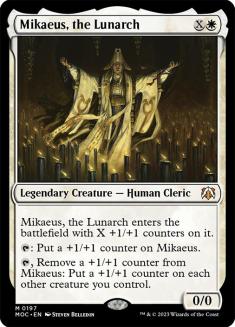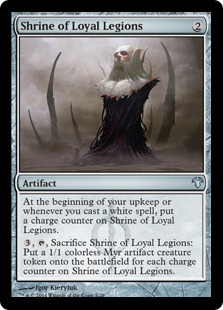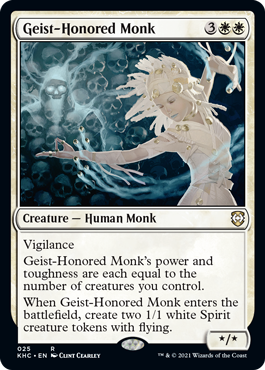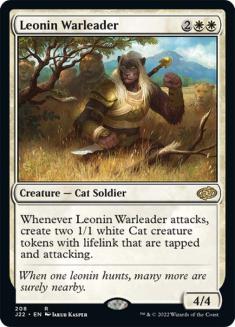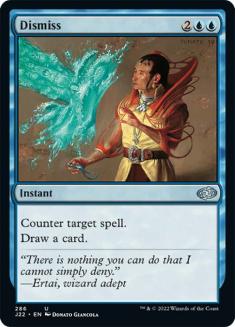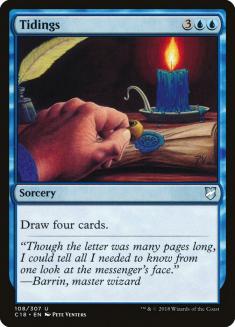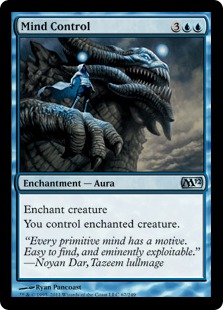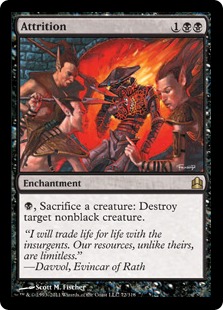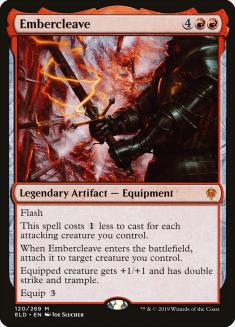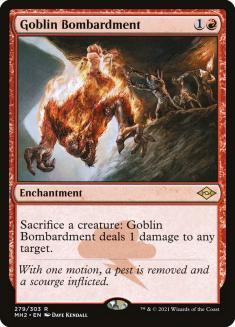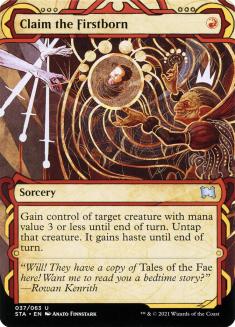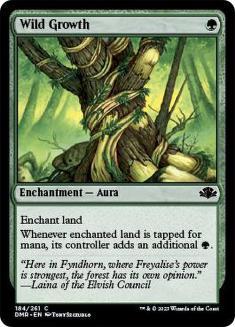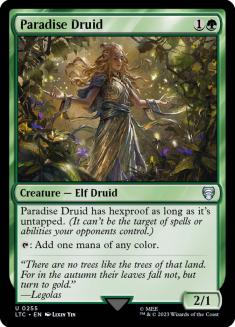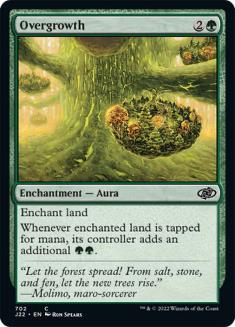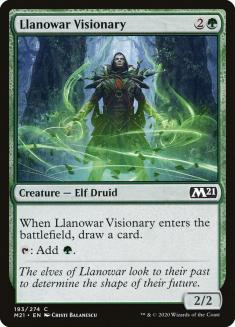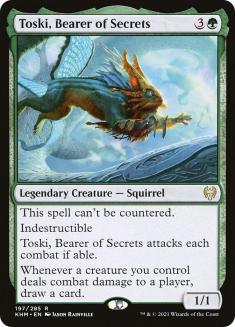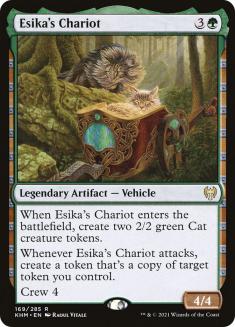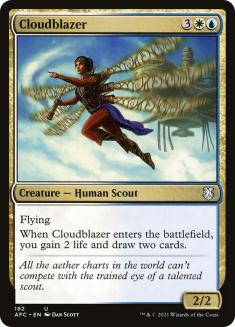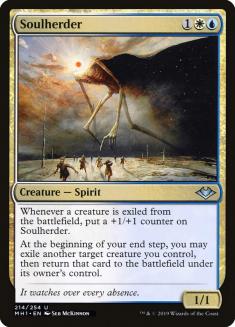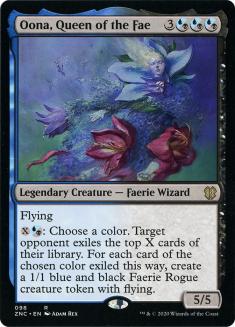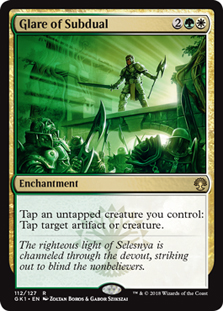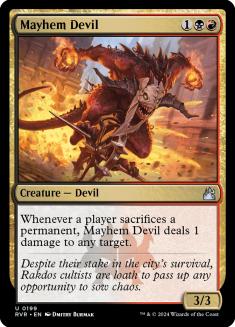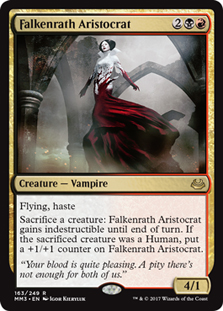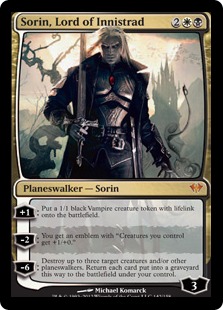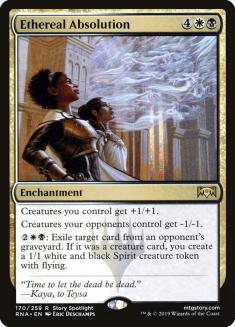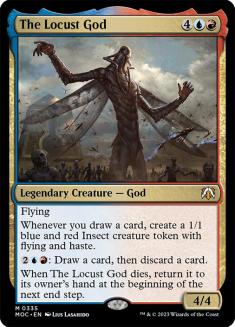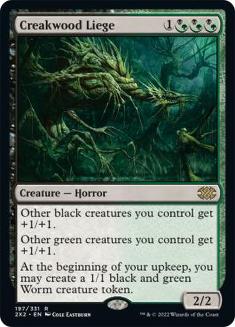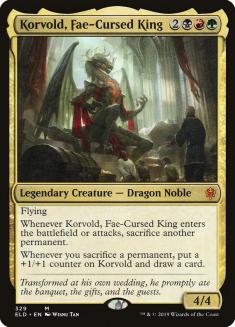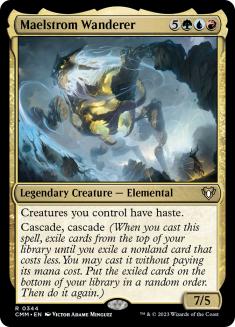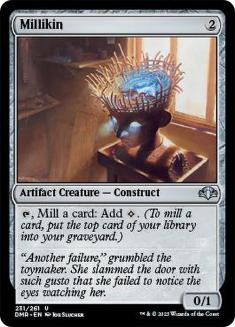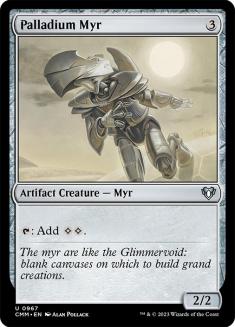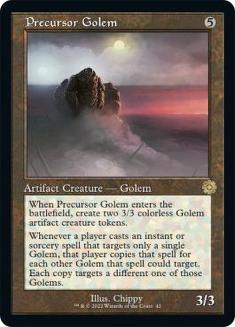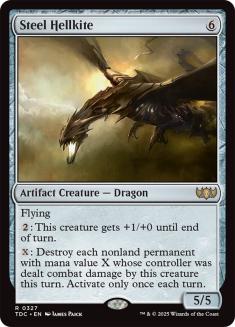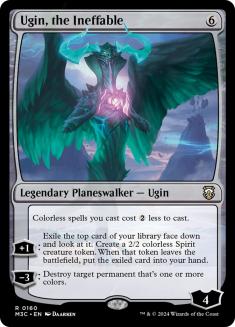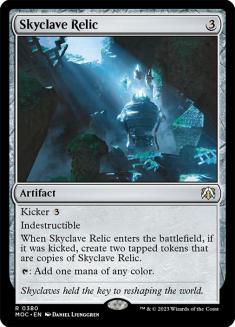Over the past year, the Vintage Cube has been live on Magic Online (MTGO) more than it has been in any prior year, but personally I’ve been more excited by the increased frequency in Spotlight Cubes. For many players, the MTGO Vintage Cube is their introduction to what Cube is, whereas the Spotlight Series offers examples of all the things that Cube can be. This week and next week on MTGO, we’ll be introduced to two new Spotlight Cubes for the first time, and I’ve been looking forward to the reveals for these Cubes for some time now.
This week we’ll be drafting the Nega-Cube as designed by Natalie Weizenbaum. The Nega-Cube is a Cube comprised exclusively of cards not featured in the major MTGO Cubes, and you find Natalie’s write-up of the Cube here. I’m a big fan of meta-humor, and I naturally find the concept of a meta-Cube design very charming. The Spotlight Cube articles typically break down the various archetypes that are featured in the ten color pairs, but Natalie offers a more in-depth look at archetype clusters, which falls much more in line with how I personally think about and design Cubes. The synergies in this Cube run deep, and knowing where the archetypes overlap is every bit as important as leaning into the cards that rigidly define individual archetypes.
I’ve done my usual port of the Cube list to Cube Cobra, and it’s really interesting to see how it maintains the bones of a lot of more traditional Cube strategies without using any of the same cards. It makes sense given how many total Magic cards exist now, but it’s still cool to see it on paper. The first thing that I thought to check upon when learning the theme of the Cube was which lands ended up making the cut, as mana has a way of defining draft experiences. We have painlands, Pathways, filter lands, Temples, Vivid lands, and Thriving lands. Couple these with the inclusion of Talismans and that’s actually a lot of fixing!
In this spread we have a lot of lands that enter the battlefield tapped, an untapped cycle that only produces colorless mana on the first turn, and a cycle of two-mana rocks. This all suggests that drafting three- or more-color controlling strategies will be easy enough to achieve with the mana, and that aggressive decks are likely to slant towards being mono-color. It’s notable that the Cube’s restriction does eliminate most of the best sweepers from consideration, but there are still a lot of ways to generate card advantage and some gems like Black Sun’s Zenith for controlling strategies to take advantage of. With that all said, let’s take a look at what each color has to offer in Nega-Cube.
White
Right off the bat you can see that there are a lot of historically powerful cards still available to Nega-Cube, though you can also see that some less-powerful stuff is filling in some gaps. The bones for a solid mono-white aggressive deck are here, and Mikaeus, the Lunarch totally rules in these decks, but it’s more clear why Kor Hookmaster and Sanctum Gargoyle didn’t have any other Cubes to attend to.
The blink and sacrifice themes in the Cube are supplemented by heavy token support, and you must consider competing with a lot of tokens on defense when drafting an aggressively slanted white deck in this Cube. The aforementioned Mikaeus, the handful of other Anthems in the Cube, the assorted artifacts that grant evasion, or just amassing your own token army would be the avenues I’d recommend exploring.
White’s biggest loss in this environment is with regard to removal, but even without Swords to Plowshares or Oblivion Ring, you still get access to cards like Temporal Isolation and Prison Realm which aren’t all that different. The more notable absence is going to be in the Wrath of God department. Scourglass has basically never been impressive, and while I expect Phyrexian Rebirth to perform well, it will require more subsidization on the low end of your curve than cheaper sweepers do.
I like the white aggressive angles well enough, I like the look of white controlling decks more, and either way I’ll be valuing token generators highly.
Blue
The differences between blue in Nega-Cube and the other digital offerings are much louder. I’ll go out on a limb and say that Phantasmal Bear and the other beatdown creatures aren’t where you want to land. All of the looters and cards with serviceable enters-the-battlefield abilities like Exclusion Mage (presumably the mascot for Nega-Cube) look great though. Deadeye Navigator is presumably an absolute house.
Beyond that, there are plenty of classically powerful spells in the Cube. You don’t get Counterspell proper, but Dismiss and Tidings have a way of being absolutely backbreaking. Mind Control is a hair weaker than Control Magic, but it will single-handedly swing some games all the same.
If you got into Time Spiral Remastered at all, you got a recent refresher of how busted Crystal Shard is. It taxes your opponent’s mana, it protects your creatures from removal, and it allows you to recast your creatures with enters-the-battlefield abilities. An all-time heater for lower-power Cubes.
I’ll also sing the praises of Midnight Clock again. If you’re ever having difficulty finding your lane in a Cube draft, it’s always worthwhile to focus on generating mana advantage and card advantage. Press those and the rest will sort itself out.
I don’t see the artifact theme in the Cube as particularly grabbing, but blue has a lot of powerful cards that work with the blink theme, and more importantly it has a lot of individually powerful cards that make it a real contender in Nega-Cube.
Black
Looking at black’s curve is a real rollercoaster of emotions. It’s awesome that both Carrion Feeder and Bloodsoaked Champion are present, but I hope that I never have to pair them with Blind Creeper. Skirsdag High Priest and Priest of Forgotten Gods are both huge draws to the sacrifice decks, and getting both Blood Artist and Zulaport Cutthroat is huge as well. You even get Mayhem Devil, which gives black the bones of powerful Constructed decks.
The shifts in removal spells are interesting here, and I was a bit surprised that both Cast Down and Ultimate Price were up for grabs. The gap between white and black removal is more narrow here than it often is. At that, there is one card that gives black a significant edge in this department…
Attrition is filthy. If you’re able to generate a steady stream of tokens, a lot of decks will actually just be ice cold to this effect. It’s not on the level of something like Opposition, but there’s plenty of room for a card to be worse than Opposition while still generating an insurmountable advantage. This ties back to my note with regard to drafting white on the importance of trying to out-token your opponent. There’s a lot of reason in this Cube to make sure that you’re able to go very wide.
On that note, black also has the most powerful answers in its arsenal to opposing wide battlefields. I mentioned Black Sun’s Zenith as a powerful option earlier, but the actual best card for this purpose in the Cube is probably Massacre Girl. If you haven’t played with or against the card before, imagine if Nekrataal was a 4/4 with menace that destroyed every other creature when it entered the battlefield.
The reanimator stuff in the Cube is cute, and I love the idea of cycling Scion of Darkness and then Zombifying it, but I see most of this as significantly weaker on average than the various strategies that are subsidized by token generators. I will say that Diabolic Servitude or using Karmic Guide and blink effects offers more than the rest of the lot, but with few exceptions, I anticipate casting most of my creatures from my hand.
Black is often the weakest color in the MTGO Cubes, but Nega-Cube is a rare environment where I believe it has a legitimate bid for being the most powerful. It can go wide, it can clean up battlefields efficiently, it has some powerful ways to play out of the graveyard, and the sacrifice decks offer a lot of reach. There’s a lot to like.
Red
I love Jackal Pup but I don’t know if I quite have it in me to endorse the card here. This format looks like it involves a lot of what I refer to as “the threat of blocking.” A lot of games won’t involve engaging in combat better than your opponent per se, but a lot of them will involve determining ways to get in damage through opposing blockers. This can mean outnumbering them, outsizing them, sacrificing your materials for damage — a lot of things really. None of these things really make Jackal Pup appealing, unfortunately.
There’s plenty of room to be an aggressive red deck; it just involves being a little more tricky than Jackal Pup allows. I’m sure the Pup will show up in some of the sacrifice decks, but cards like Krenko, Tin Street Kingpin and Goblin Sharpshooter will be bigger draws to red. Once you tune out the one-for-one creatures that only care about attacking, you do find some very powerful cards in red that are worth prioritizing.
Red suffers quite a bit from missing its typical removal suite, though Galvanic Blast, Dead // Gone, and Magma Spray are all fine. Arc Trail is actually quite strong and Slagstorm is among the best sweepers in the Cube.
I don’t have any desire to pursue Mono-Red Aggro in Nega-Cube, but I do expect to pair it with black often. Rakdos Sacrifice or decks that go into more colors for cards like Korvold, Fae-Cursed King strike me as the most powerful explicitly supported strategies. I believe red to be the weakest color in the Cube, but the cards that it offers to these decks allow it to remain relevant.
Green
Finally, we come to the color that gives black a run for its money. The best accelerants of all time are not present in Nega-Cube, but we still get enough powerful ramp to support the classic “mana and stuff” strategy.
Wild Growth has a strong claim to most powerful card in this Cube. If nothing else, it’s the most horrifying thing that you can cast on Turn 1. The Talismans do allow you to play mana ramp in any deck, though the difference between one-mana ramp and two-mana ramp is and always will be massive. This is a very steep drop-off to cards like Kessig Prowler and Viridian Emissary, but the high-power cards don’t start and stop at Wild Growth. Green actually gets a handful of cards that by rights should be in the Vintage Cube.
Toski is admittedly weaker here than it would be in Vintage Cube, but Llanowar Visionary and Esika’s Chariot both look excellent in this environment. Mana ramp that draws a card doesn’t require an explanation, and Esika’s Chariot has been tearing it up in Pioneer. If you get to untap with both Cats and make an attack unchecked, that will be a game-ender in a lot of spots. A Vehicle that provides the ability to crew itself and that generates more value from there isn’t messing around.
Green also gets what are likely the best Anthems in the Cube in Beastmaster Ascension and Tendershoot Dryad. Then at the top of the curve you get the eminently castable End-Raze Forerunners and Vorinclex, Voice of Hunger which also happen to be among the best creatures in the Cube to reanimate. I expect to see a fair amount of game-ending See the Unwrittens, too.
You just can’t go that wrong with mana and card advantage.
Gold Cards
The gold cards in Nega-Cube range from synergistic role-players, to medium value cards, to absolute bombs. Here are my picks for the gold cards to really take notice of while drafting:
Unsurprisingly, a lot of this stuff either makes tokens or is at its best along with tokens. It’s been a minute since I’ve cast an Oona, Queen of the Fae, but I assume that you still win if you untap with one.
Earlier I compared Attrition to Opposition, and Glare of Subdual also invites such a comparison. Neither Attrition nor Glare of Subdual do anything about opposing lands, but both of them make it really easy to bully your opponents creatures, and I would take them both extremely highly.
Artifacts
There’s something of an artifact aggro deck baked into the Cube, but I’m giving Arcbound Ravager two thumbs down in this environment. It’s an incredibly specific card that demands a lot of support for the juice to be worth the squeeze. Ravager does play well with some of the sacrifice cards, but there’s enough generic sacrifice stuff to make going down that road undesirable. The colorless cards that I do recommend — you guessed it — generate mana or card advantage.
The Nega-Cube looks like a fun palate-cleanser and a cool meta-exercise in Cube design. I’m excited to get a couple drafts in and see how it plays. I’ll be back next week with another Spotlight Cube breakdown, and I’m equally excited to see what kind of Cube we’ll be getting next!

